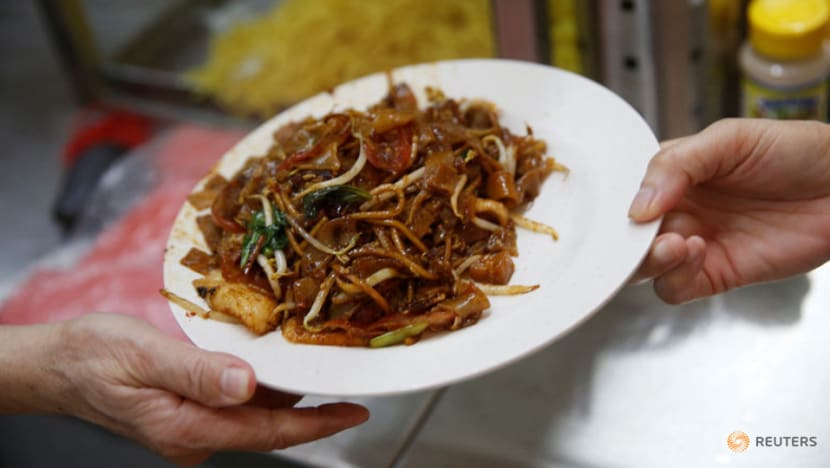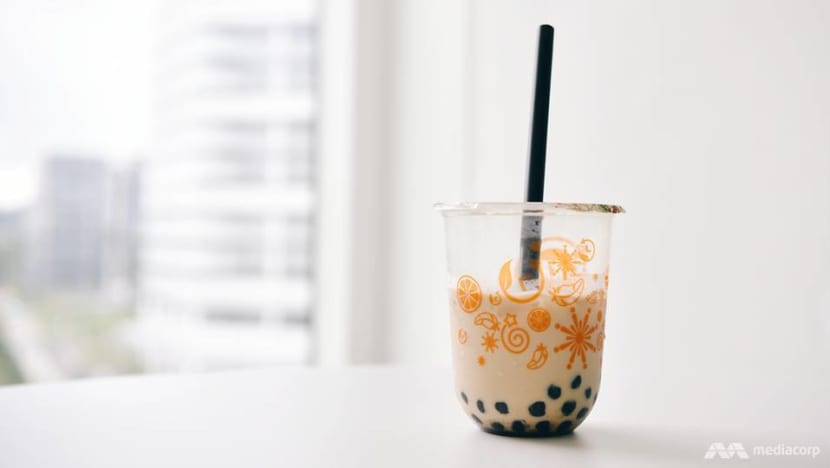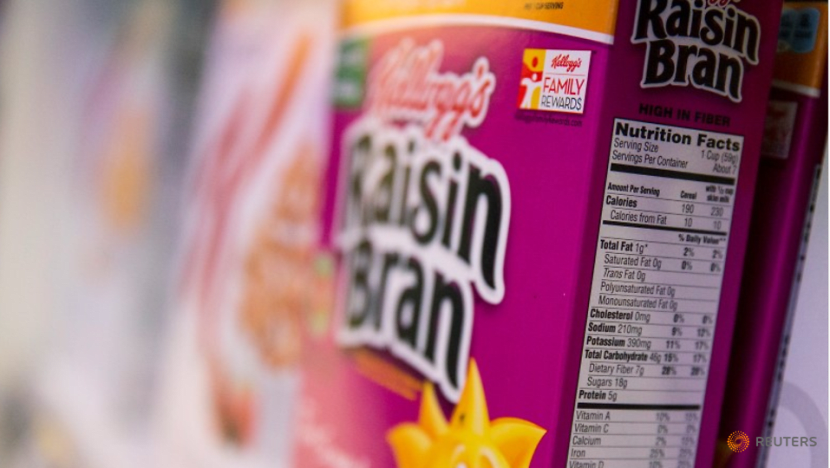commentary Commentary
Commentary: Want to fight the sugar problem? Start counting calories
It’s easier to cut down on our sugar intake if we know how many calories each beverage we intend to consume has, says weight loss author Ian Tan.

According to the World Cancer Research Fund Nourishing database, about 45 jurisdictions including Brunei, Thailand and Mexico have imposed taxes on sugar-sweetened beverages. (Photo: Pixabay/igorovsyannykov)
SINGAPORE: I often ask my friends, “Do you know the value of pi?”
The answer is immediate, “3.14” as everyone has memorised this mathematical figure in school.
Then I ask, “Do you know how many calories you should eat in a day that will keep your weight constant?”
I get blank looks and shrugs.
How is it that we all know how to calculate the area of a circle using pi, but we do not know how much food we should be consuming daily to maintain a healthy lifestyle?
This ignorance of basic food nutrition is widespread across the globe. It is the root problem that needs to be addressed first in Singapore’s war on diabetes and more lately, on sugary beverages. We will waste too much time and money fighting the surface issues, and later, wonder why the tide against diabetes is not turning.
READ: Why are we so afraid to talk about obesity? A commentary
I am fully supportive of proposed regulations being mooted by the Ministry of Health. These measures that include banning and taxing some pre-packaged sweetened drinks, tightening advertising regulations, and implementing a mandatory nutrition label on such product, can increase public awareness about the dangers of excessive sugar intake.
They may also encourage food and beverage manufacturers to create more healthy options if they want continued revenue growth.
But will people be any less ignorant of their consumption habits?
READ: Love of food, lack of activity leave Singaporeans vulnerable to diabetes, a commentary
WE NEED TO START COUNTING
Any food nutritionist will tell you that preventing weight gain is as simple as eating as many calories as you would burn in a day. Public health institutions often recommend about 2,000 kcal daily. But what type of meals should you eat in a day to keep within the limit?
Many Singaporeans do not know. Most do not realise that their daily combination of sweet drinks, pastries and hawker food easily exceeds this daily recommendation.
Regular exercise will do little to stem the weight gain as there are too many calories consumed to burn off. No matter how fast you push yourself, a 2.4km run only burns about 150 kcal, or the same calories found in a can of soft drink.

Common sense will tell you it is far easier to eat below your recommended calorie limit than to run many kilometers, but this is not common knowledge. Yet when people are told that they can count their calories using free fitness apps like MyFitnessPal, the reaction is often “It’s too difficult” or “Calorie counting doesn’t work”.
Put aside the excuses and give calorie-counting a shot.
With calorie-counting, you will soon learn that your daily lunch of fried noodles and iced frappe contain nearly 1,000 kcal, and that you’re better off with healthier choices like soup noodles and plain water.
NOT SO SWEET, BUT BY HOW MUCH?
Now let us apply this lack of “calorie knowledge” to the sugar intake situation here.
Vague labels used in anti-diabetes campaigns are not very helpful when we should be educating people on actual calorie values.
Take for example if a consumer sees a packaged drink with the label “Not So Sweet” or “Healthier Choice”, will he know how much he can drink today?
Answer: The truly health-conscious will tell you to consume zero-calorie drinks, or just plain water (definitely zero calories). Any sweet drink should be an occasional treat, not a daily habit.
There are many news articles or infographics that point out the unhealthy amount of sugar in different drinks - this is nice to know but not practical in real-world use.
READ: Sweeter than soda? The hidden sugars in bubble tea
So, why not just stick to providing calorie information and teaching people how to add them up?
IMPOSSIBLE TO REGULATE
At a dialogue session organised by the Ministry of Health last week, some attendees pointed out that regulations to cut sugar intake in Singapore should be extended across the food and beverages industry, not just on pre-packaged sweetened drinks.
While reasonable, it is impossible to regulate the thousands of food establishments across the island.
Freshly prepared drinks such as bubble tea and coffee for example are difficult to regulate. This is concerning as both bubble tea- and coffee-drinkers face greater risks than they realise.

Coffee is great for perking you up, but a small cup of kopi (coffee with condensed milk and sugar) contains almost the same amount of unnecessary sugars as a full can of soft drink. It is however almost calorie-free if you remove the milk and sugar.
(Trivia: If it helps you to kick the sweet coffee habit, you can actually become wealthier if you stop buying coffee from cafes and restaurants. Shark Tank investor Kevin O’Leary told CNBC that he would never pay US$2.50 for coffee when it costs him US$0.18 to make his own. He would invest the difference.)
DO WHAT COUNTS
As you have read, we keep coming back to the same root problem – if you do not know how to read or count your calories, you will not truly understand the severity of the sugar problem.
Furthermore, calorie-counting has also proven to be effective in managing Type 2 diabetes.
According to Harvard Medical School researchers, excess body fat is the number one risk factor and losing as little as 10 per cent of your body weight can reduce your risk or even reverse Type 2 diabetes.
The most effective way to drop excess weight is to count your calorie intake and then reduce it by 250 to 500 kcal per day with healthier food options.
Losing weight is that simple. Do not pay heed to fad diets or miracle cures when all you need is basic arithmetic.
The good news is that cutting back on sugary drinks and food does not mean depriving yourself of them. It really is about moderation.
READ: To eat healthier, start small.
About 400 years ago, a Japanese doctor (and also a trained samurai) named Kaibara Ekiken wrote in his book Yojokun (Lessons on Nurturing Life):
Eating and drinking small amounts (of rich food) and savouring them will give you the same pleasure as eating and drinking to full satisfaction, but without any ill after-effects. In all things, if you do them to full satiety, they will surely turn to misfortune.
His key observation was that many people died young because they neglected techniques on how to take care of themselves.
Funny how little human nature changes. In the 21st century, we are surrounded by an incredible wealth of helpful information and tools: Nutritional labels, fitness apps, health trackers and endless literature on weight management, yet not many make proper use of them.

All you need is to understand the concept of calories because it is the universal measure everyone can agree on.
If Singapore could legislate that every type of drink sold to consumers has to come with a calorie label - it can be on the drink package or on the menu – this would resolve the tension surrounding bubble tea and coffeeshop kopi sales.
Then there must be the political willpower to educate everyone from young children to adults on the basics of counting calories. This is easier than learning the multiplication table … or the value of pi!
But legislation takes time. To fend off diabetes and many other diseases, don’t wait for government regulations.
Just start counting your calories.
Ian Tan is a marketing professional, former journalist and author of the book Anyone Can Lose Weight. By counting his calories, Ian lost 10kg in 2013. His 63kg body weight and BMI of 21.5 have remained constant for the past six years.















